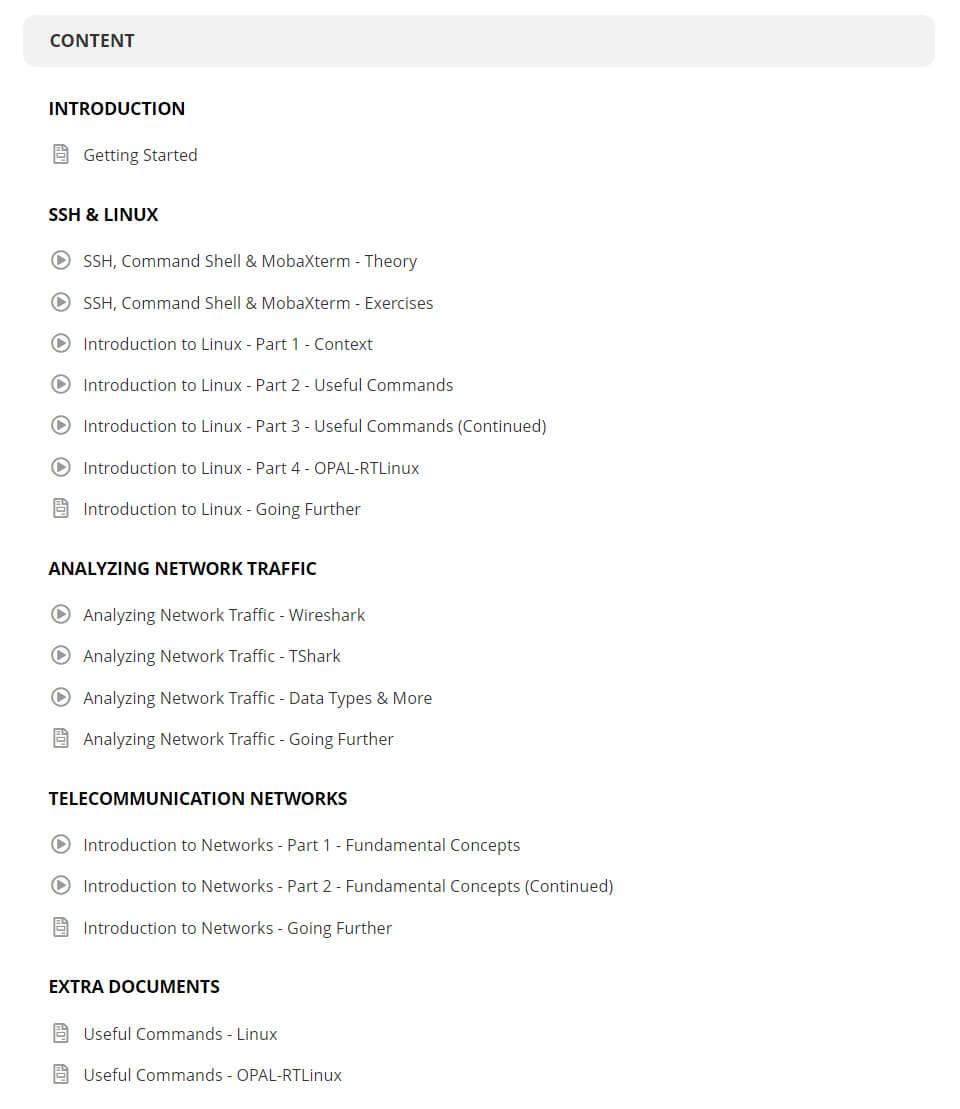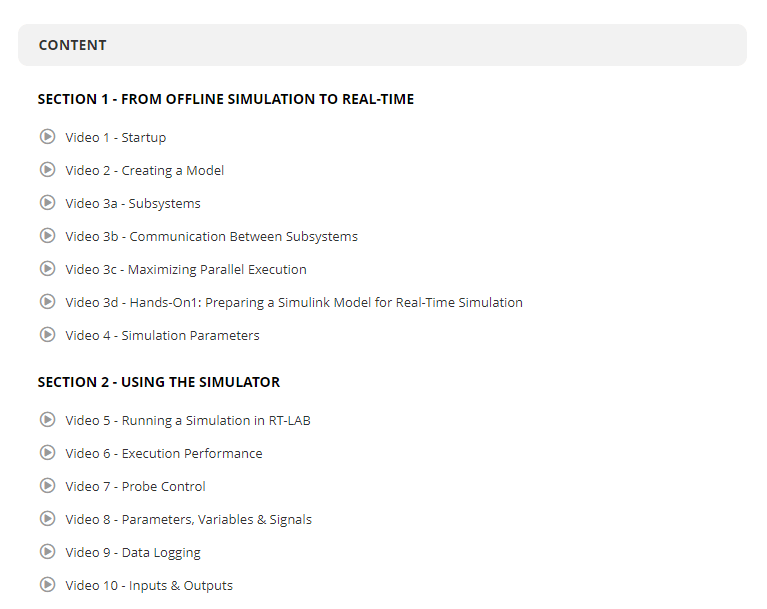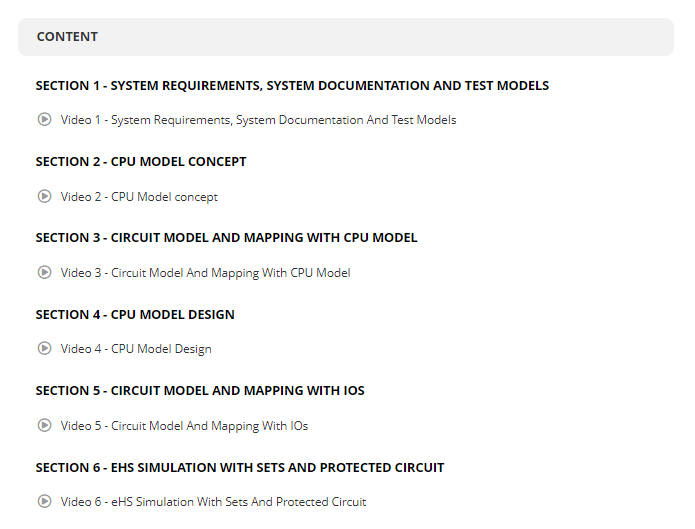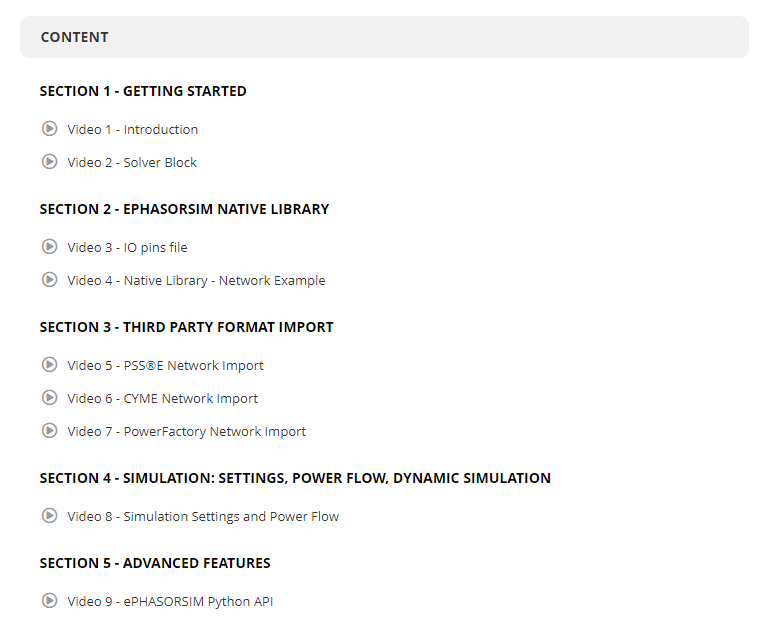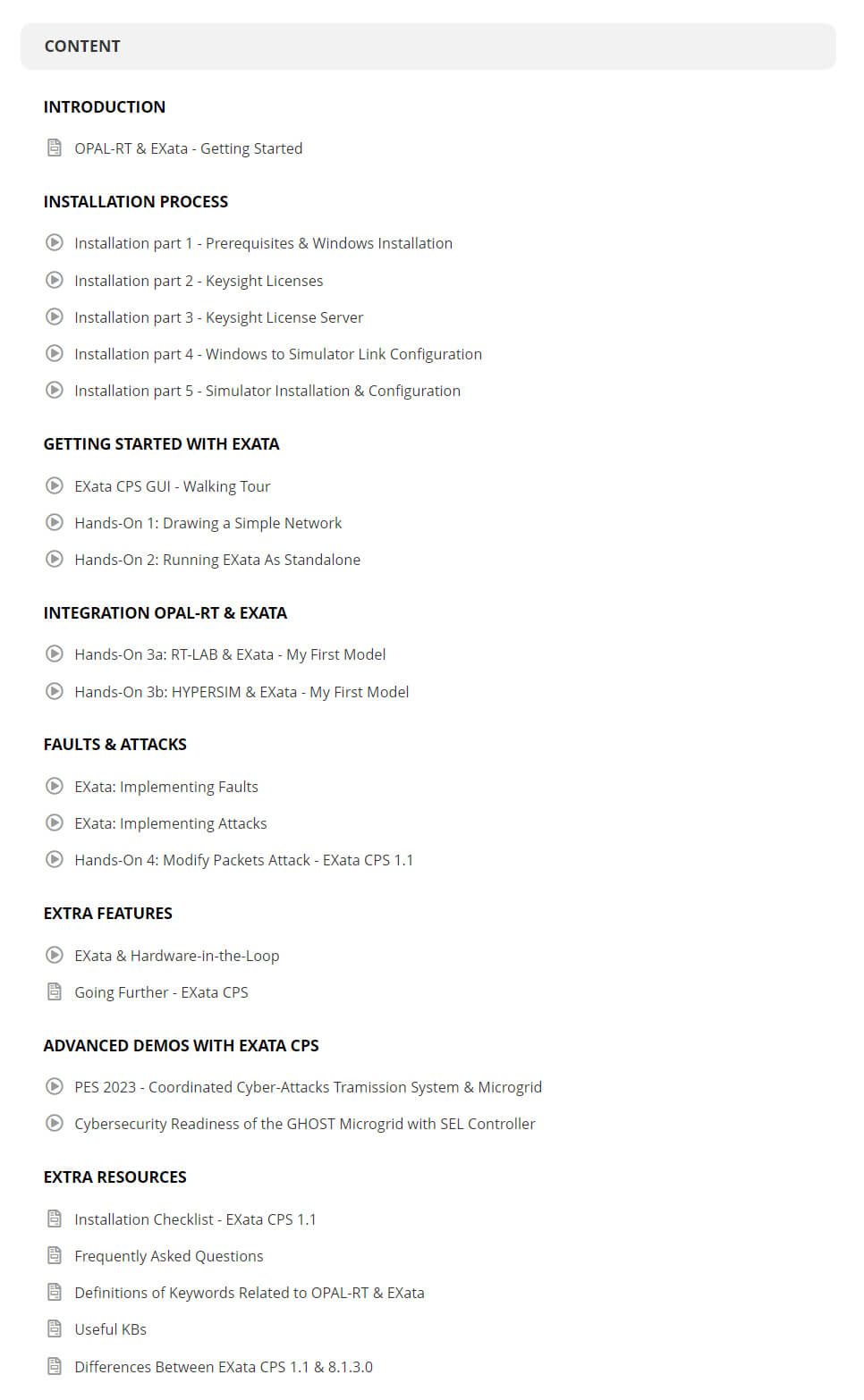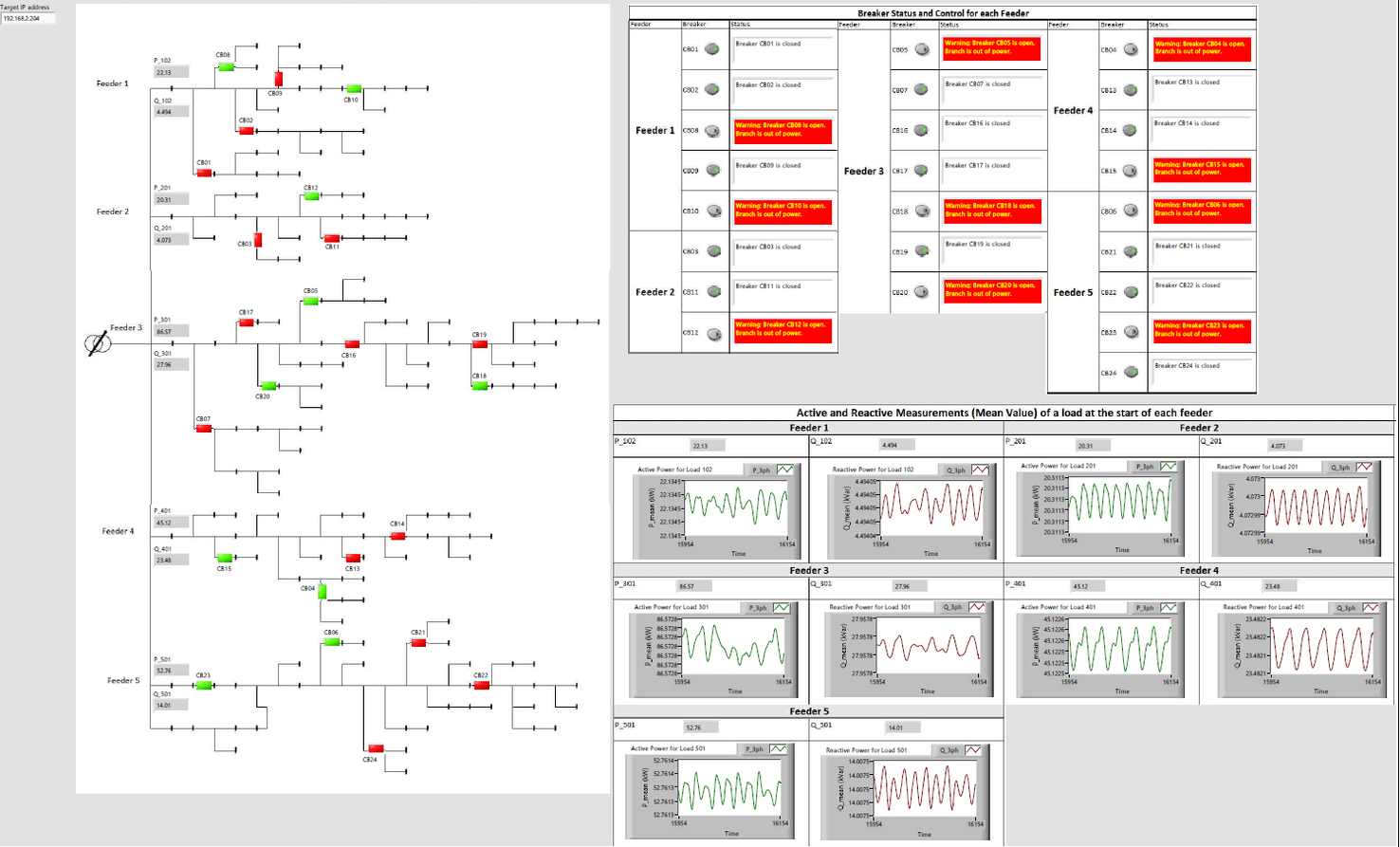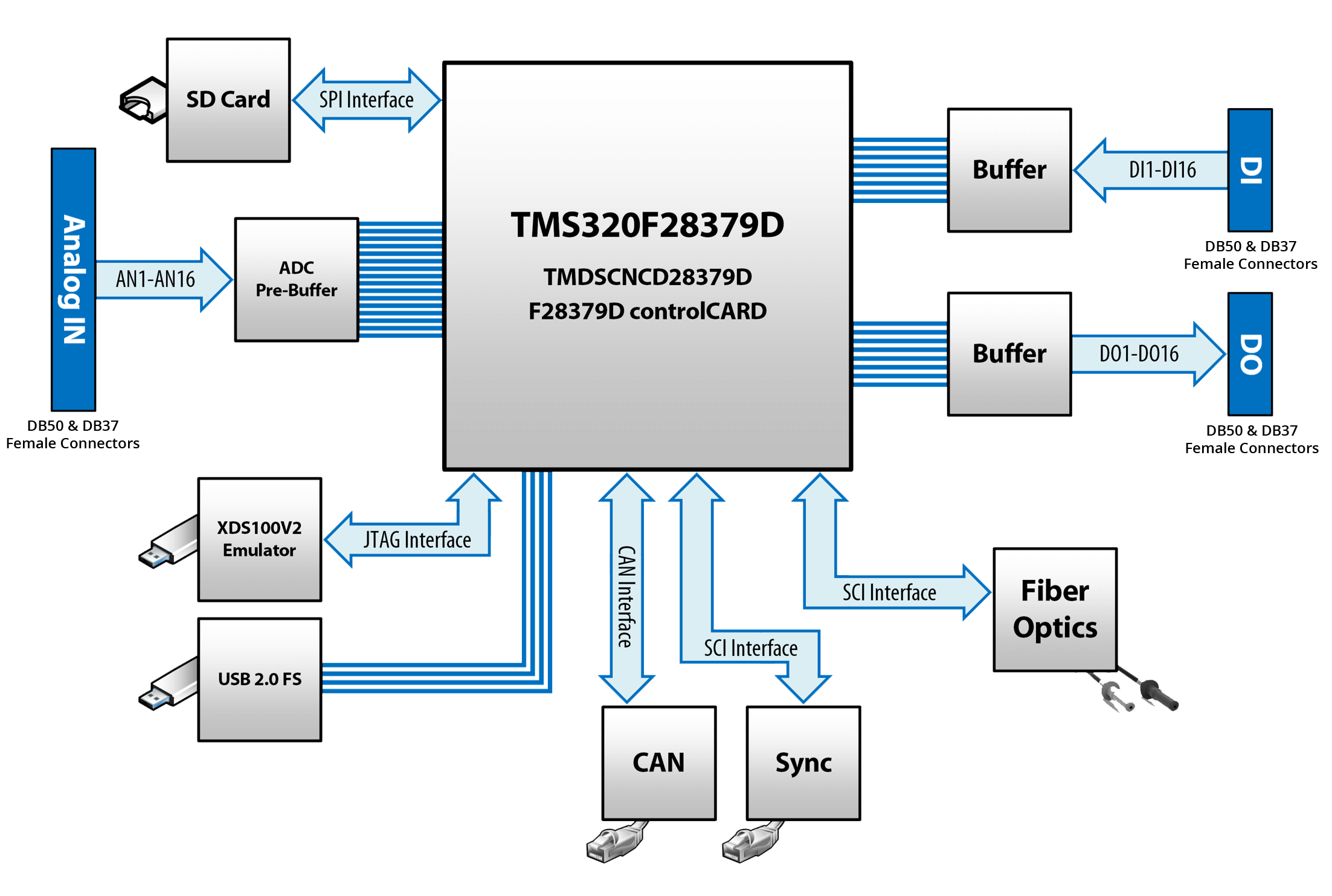Knowledge Base
Welcome to OPAL-RT’s Knowledge Base
OPAL-RT offers a repository of support information for optimal use of its technology.
Please note that OPAL-RT knowledge base is not fully optimized for mobile platforms.
For optimal experience, use a desktop computer.
|
Reference Number: AA-01523// Views: AA-01523// Created: 2018-08-23 15:45:04// Last Updated: 2019-11-22 16:01:50 HowTo OP4520 MUSE Remote Flash Programming Procedure OverviewThis article explains how to manually flash a USER bitstream to the Xilinx Kintex 7 FPGA, onboard an OPAL-RT OP4520 expansion chassis. The flash is done via the JTAG interface on the front panel of the unit. Note that if your system was shipped from 2019 and after, then the Remote Muse simulators can be program via a Central Muse simulator if connected together via an SFP cable. Hardware and Software Tool RequirementsHardware:
Software:Procedure1. Insert the JTAG cable (figure 1) into the JTAG connector on the front panel of the OP4520 (figure 2) |











